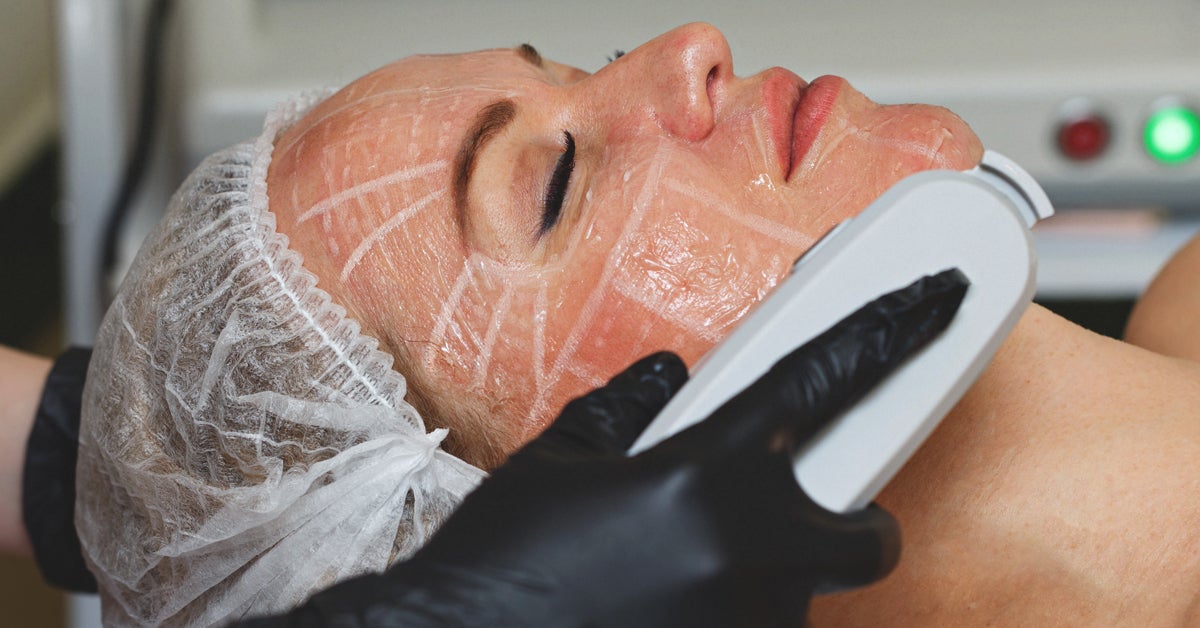

Your healthcare provider may also use ultrasound to look at nearby lymph nodes, help guide a needle during a biopsy, or to remove fluid from a cyst. Mammography uses radiation, but ultrasound does not. A mammogram may not be able to see through the tissue.Īre pregnant. An example of early signs that may not show up on ultrasound are tiny calcium deposits called microcalcifications. This is because it may miss some early signs of cancer. Why might I need a breast ultrasound?Ī breast ultrasound is most often done to find out if a problem found by a mammogram or physical exam of the breast may be a cyst filled with fluid or a solid tumor.īreast ultrasound is not usually done to screen for breast cancer. It is also safe for people who are allergic to contrast dye because it does not use dye. Ultrasound is safe to have during pregnancy because it does not use radiation. No sound or a faint sound may mean that you have a blockage in the flow. He or she can hear how fast blood is flowing through a blood vessel and in which direction it is flowing. This probe lets your healthcare provider hear the sound waves the transducer sends out. Your healthcare provider can add another device called a Doppler probe to the transducer. These are made into pictures of the inside of your breasts. The transducer then picks up the bounced sound waves. The sound waves are too high-pitched for you to hear. The transducer sends out sound waves that bounce off your breast tissue.
#Micro focus ultrasound skin
Focused ultrasound expands the available treatment choices for patients and doctors.The healthcare provider moves a wand-like device called a transducer over your skin to make the images of your breasts. Still others don't want to manage the logistics of DBS programming and future battery replacements. Others aren't DBS candidates because of memory and thinking problems. Some are unable to undergo invasive surgery because of heart or bleeding problems.

DBS needs programming to find the right electrical stimulation settings to maximize benefit and limit side effects.įocused ultrasound may be an option in people who can't or don't want to pursue deep brain stimulation. FUS is a one-time procedure that does not require adjustment. For DBS surgery, doctors make incisions in the skull to insert wires in the brain and in the chest to place a battery below the collarbone. Focused ultrasound is non-invasive - there are no incisions and no hardware is placed in the body. FUS is permanent and irreversible, while DBS may be reversed by removing the system or turning it off. FUS destroys cells, and DBS delivers small electrical pulses to those same cells to interrupt abnormal signaling. DBS also is approved for Parkinson’s movement symptoms and dyskinesia, and clinical trials are evaluating FUS for these same indications.įocused ultrasound and DBS work in the same brain areas but in different ways. Both are FDA-approved to treat tremor that does not benefit from medication. Deep Brain Stimulationįocused ultrasound and deep brain stimulation (DBS) are both surgical procedures for Parkinson’s. (This means it only helps symptoms on one side of the body.) Other potential side effects include rare bleeding or skin infection. So doctors only do the procedure on either the right or the left. When done on both sides of the brain, FUS may cause speech, swallowing or memory problems. It does not require adjustment, programming or additional procedures. Doctors use MRI brain scans to direct ultrasound beams to the target brain location.įocused ultrasound typically decreases symptoms immediately. No general anesthesia or surgical incisions are involved. Focused Ultrasound Surgeryĭuring the FUS procedure, a patient is awake. And MJFF funded an early study of focused ultrasound for dyskinesia. (FUS also is approved for essential tremor, another movement disorder.) Clinical trials are testing FUS for other PD symptoms and complications, such as dyskinesia (uncontrolled, involuntary movement). In 2018, the FDA approved focused ultrasound (FUS) for Parkinson's tremor.


 0 kommentar(er)
0 kommentar(er)
